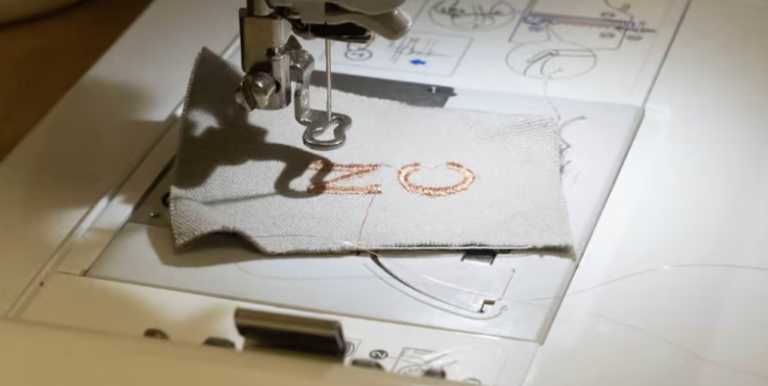Although many groups are developing power-generating “smart fabrics,” the technology is often too complex to be scaled up to commercial use. Now, however, scientists have devised a simple method of embroidering electrical generators onto regular fabric.
The new technique is being developed at North Carolina State University, by a team led by Asst. Prof. Rong Yin.
It incorporates a special yarn, made of commercially available copper wires coated in polyurethane. That yarn gets embroidered onto a base of regular cotton fabric – or potentially any other material. In the area where the yarn is being added, though, the cotton is overlaid with a fabric made of a synthetic polymer called PTFE (polytetrafluoroethylene). There’s a tiny gap between the PTFE and the copper wires.
In a final step, a protective layer of regular cotton yarn is embroidered over top of the copper-wire yarn.
Greece named “Favourite Cruise Destination” at the British Wave Awards
When the wearer of a garment incorporating the yarn subsequently moves around, the wires and the PTFE come in and out of contact with one another. When they touch, electrons are transferred between them, generating an electrical current. This phenomenon is known as the triboelectric effect, and it’s what’s responsible for the static charge that occurs when you’re combing your hair. Small devices that utilize the effect to generate usable electricity are called triboelectric nanogenerators (TENGs).
Read more: New Atlas
Ask me anything
Explore related questions





